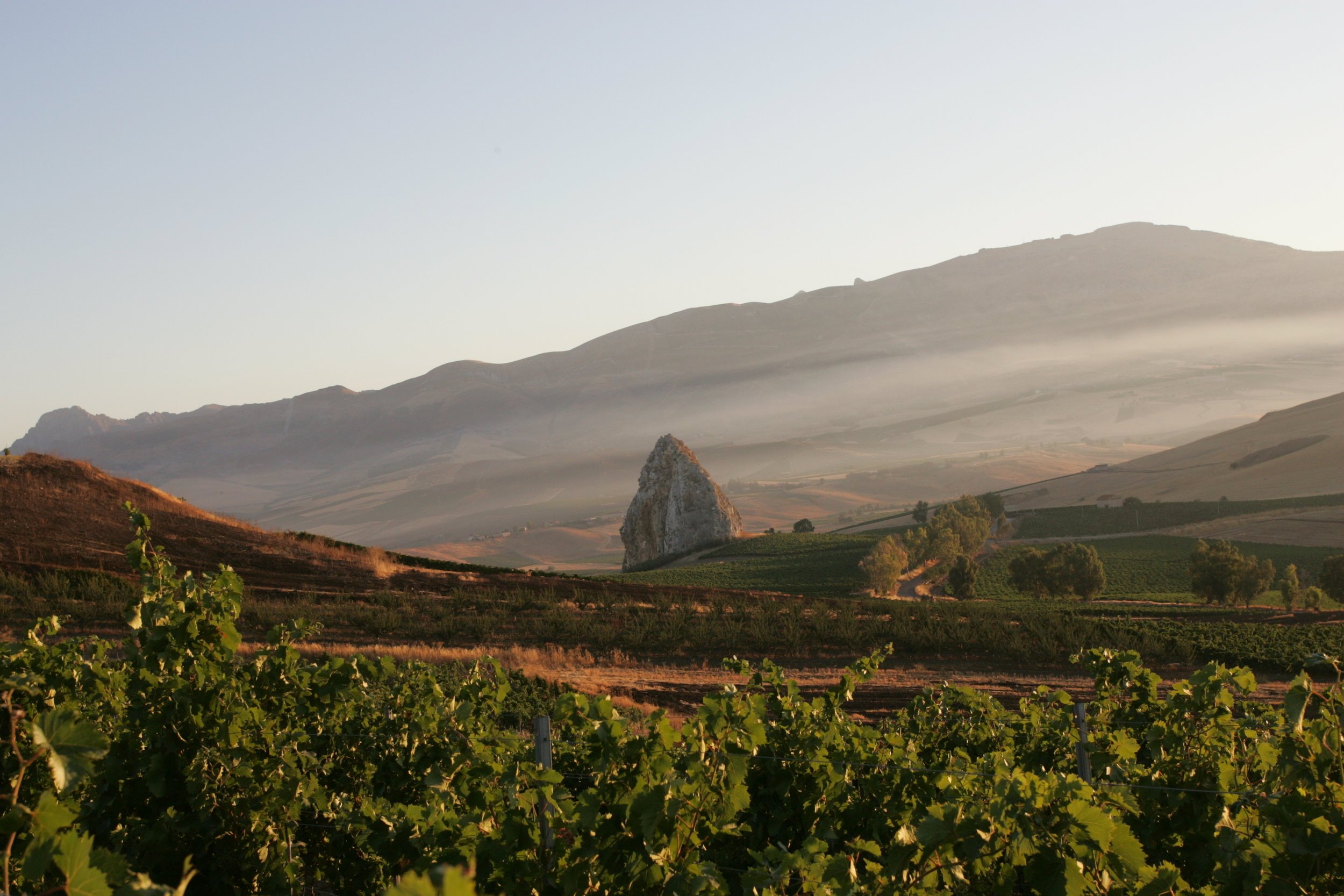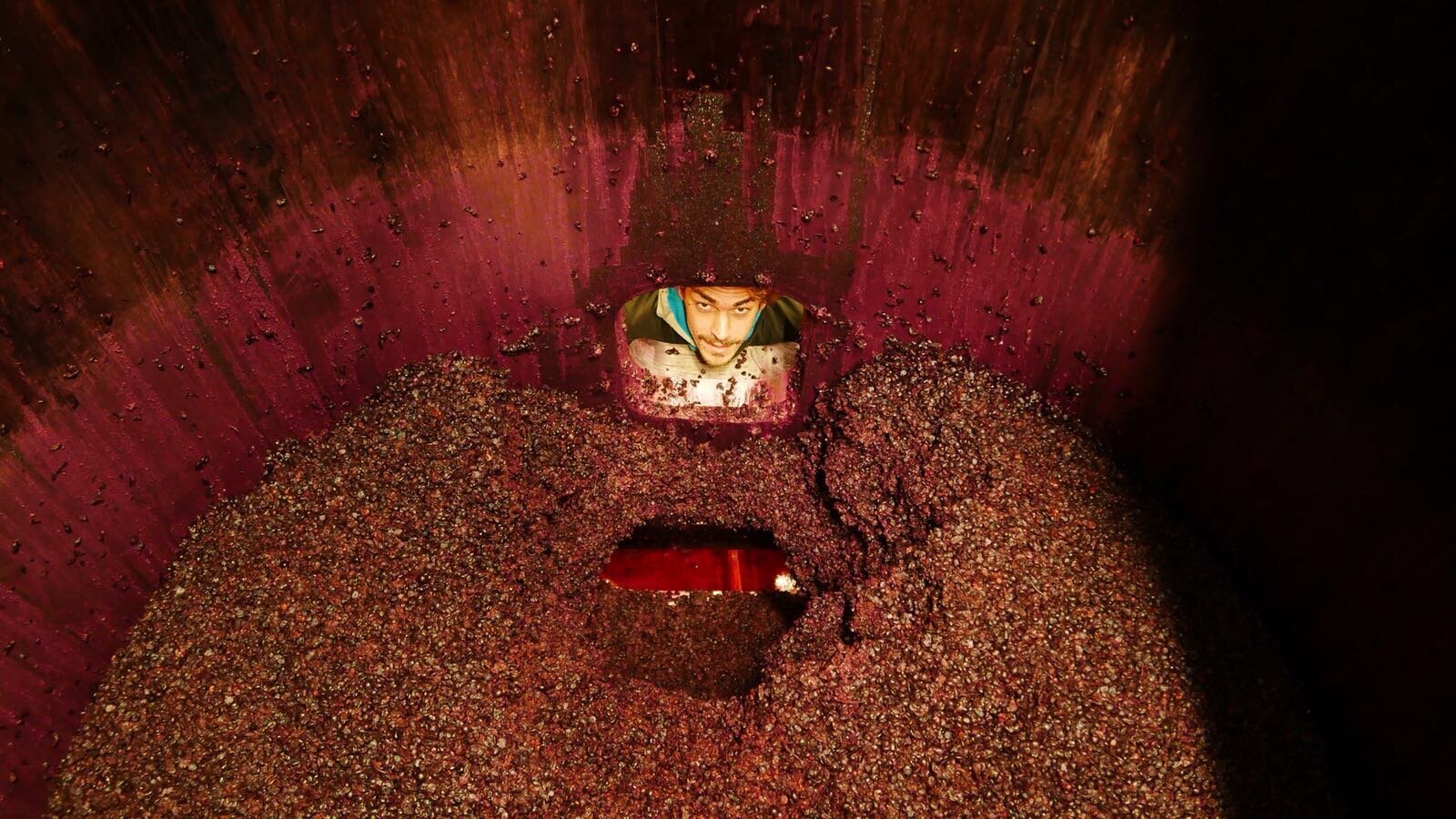A bowl of pasta at Jon & Vinny’s on Fairfax
One thing that I’ve noticed during my short time in Los Angeles is the incredibly strong Italian game. I certainly never thought of LA as an Italian food mecca before moving here, and I don’t think it gets nearly enough credit for the incredible quality at hand. Between Angelini, Bestia, Rossoblu, Mozza, and Marino, not to mention Pizzana, Prime, Jon & Vinny’s, and Apollonia’s for insanely delicious pizza and pasta, there’s a strong Italian presence in LA. On one hand, we have a gigantic Eataly in Century City, and on the smaller side even the tiny Roma deli in nearby Altadena has one of the best sandwiches in the area, not to mention a fantastic selection of olive oil.
If we’re eating that much Italian food in LA, it would make sense to match that passion with a huge selection of interesting, delicious, and affordable Italian wines—beyond the ubiquitous rich and tannic Brunello, Chianti, and Barolo offerings. I eat pasta, cheese boards, bread with meats, and basic Italian soups and stews just about every night of the week, so I am CRUSHING bottles of Italian wine on a nightly basis. That’s why we’re continuing to expand our Italian wine selection to satiate what I strongly believe is a growing demand for food friendly wines with acidity that pair well with Italian cuisine.
CENTOPASSI
For all you Godfather fans, the vineyards of Centopassi are located near the town of Corleone in Sicily and—get this—were actually confiscated from the mafia!! These are literally former mafia-owned vines. Centopassi is actually named after an anti-mafia film seeking to renounce the terrible effects of organized crime in the region and seek a better way forward, starting with a selection of incredibly fresh and food-friendly wines.
2020 Centopassi 'Terre Rosse di Giabbascio' Catarratto $19.99 - The ‘Terre Rose di Giabbascio’ is made from 100% Catarratto, planted near San Giuseppe Jato. The Giabbascio vineyard contains free draining alkaline clay with sand, and is rich in iron oxides. A pale straw color with a greenish glint, you get fresh citrus, herbs, wet stones, and a general acidity that is amazing given how warm the region is. Try this with chicken, fish, or just as a cocktail hour wine.
2020 Centopassi Grillo 'Rocce di Pietra Longa' $19.99 - The ‘Rocce di Pietra Longa’ is made from 100% Grillo from the Pietralunga vineyard, located near the town of Corleone. The vineyard can be recognized by a tall stone (the Pietra Longa pictured above) about 100 feet high nearby. Vines were planted in stony alkaline clay soil with many rocky outcroppings. The palate is full of lemon, marzipan and wet stones. It’s a mineral-driven white wine that refreshes your palate with every sip.
2020 Centopassi Nero d'Avola 'Argile di Tagghia Via' $24.99 - The ‘Argille di Tagghia Via’ is made from 100% Nero d’Avola, and takes its name from the church of the Madonna di Tagliavia, a few hundred yards away. The vineyard is planted between Corleone and San Giuseppe Jato in alkaline clay soils with some sand and limestone. This is a violet-tinged red wine that leaps out of the with peppery, herbaceous aromas melded with red berries. This is a leaner, more Rhone-style Syrah-like Nero d’Avola than I’ve had in the past. I’d do this with meats and spicy pasta dishes.
GRIFALCO
If you think of Italy as a boot, then Basilicata is the remote area between the heel and the toe to the east of Naples. One of the least populated regions in the country, it’s known for Aglianico red wines, which I need to explain a bit about if you’re not familiar with it. When I first started learning about wine, Aglianico was described as this rustic Italian grape that needed 40 years in the bottle before it was ready. Most of the wines made out of the south in the past were sent up north in bulk to add color and density to wines from the more famous regions.
As wine author Robert Camuto explained to us at his tasting event this week, people in these regions would work all day long in the fields or vineyards, so wine was an actual source of calories! Hence, they needed to be big and bold, as you might soak your old crusty bread in a bowl of wine for extra nourishment. Today, however, Aglianico is made in a friendlier, far more approachable style. You can definitely drink wines of Grifalco tonight with a nice steak or a hearty pasta sauce. Grifalco is run by the Piccin family, originally from Tuscany, who moved to Basilicata as they thought it was more promising!
2019 Grifalco Aglianico del Vulture 'Grifalco' $19.99 - The standard Grifalco is in the middle of the portfolio, and is the flagship wine of the estate. Sourcing grapes from four different vineyards, this bottling represents everything Aglianico del Vulture should be and is capable of. Juicy blackberry on the palate with a bit of licorice and wild herbs on the palate. Firm tannins on the finish.
2017 Grifalco Aglianico del Vulture Damaschito $39.99 - The Damaschito is an excellent, age-worthy, substantial red wine from an older single vineyard from the Maschito area of Vulture. The soil here is volcanic and particularly rich in iron and manganese, and after the first year of production in Vulture, the Piccin family noticed how the grapes from the oldest part of the Maschito vineyard had purity of flavor. They decided then to make a new label, a cru, from those vines only. The color of the soil from this site is mirrored by the color of this wine’s label. Shows ripe cherry, leather, tobacco, and licorice notes. Brilliant with prime rib or grilled lamb. Enjoy now or age 10-15 years.
2017 Grifalco Aglianico del Vulture DaGinestra $39.99 - Daginestra is another single vineyard expression from Grifalco, this one from the Ginestra area of Vulture. After a few years of vinifying all the vineyards separately, the Piccin family decided to go forward with making a cru label just for the Ginestra vineyards. Much like with their Maschito site, they found the Ginestra grapes to be expressing an exceptionally clear view of that place. The soil here remains volcanic but is defined by large amounts of calcareous clay. These rich grey clays served as the inspiration for the color of the wine’s label. Exhibiting notes of ripe plum and red berry, violets, leather, and cinnamon.
-David Driscoll



